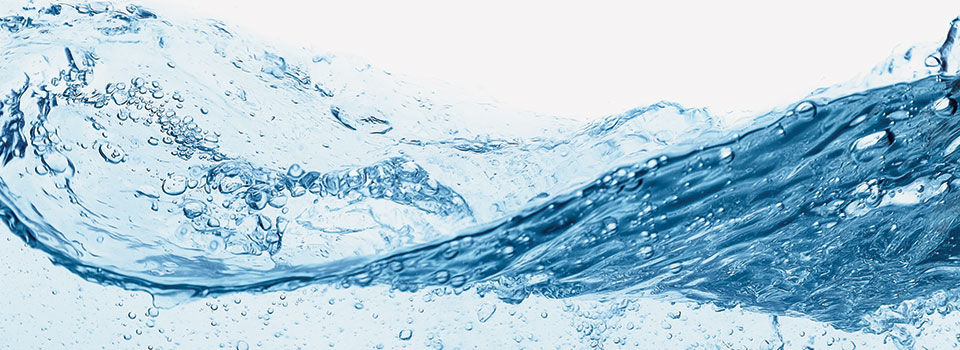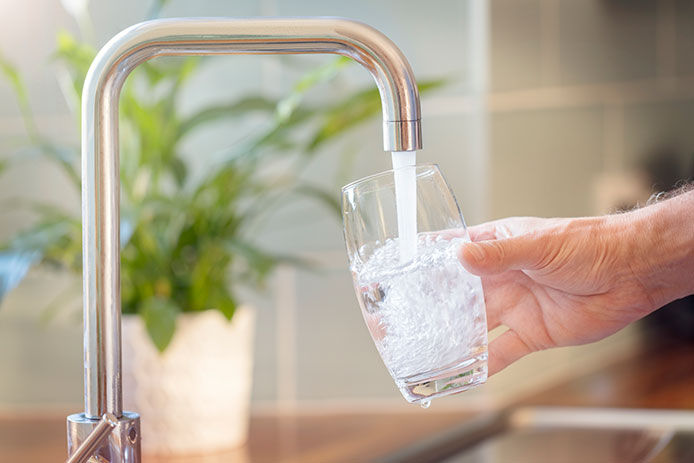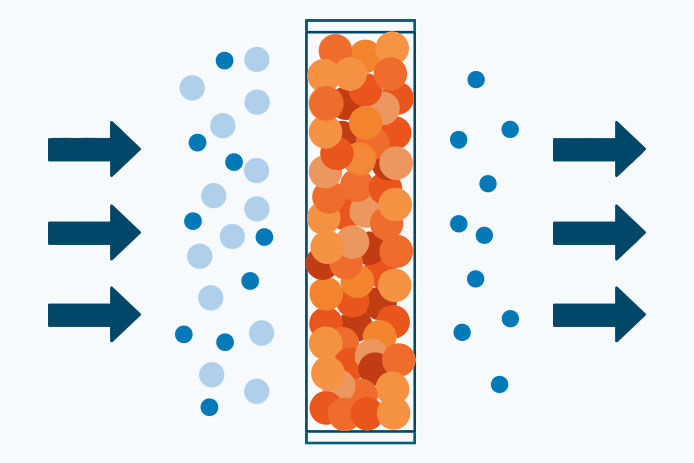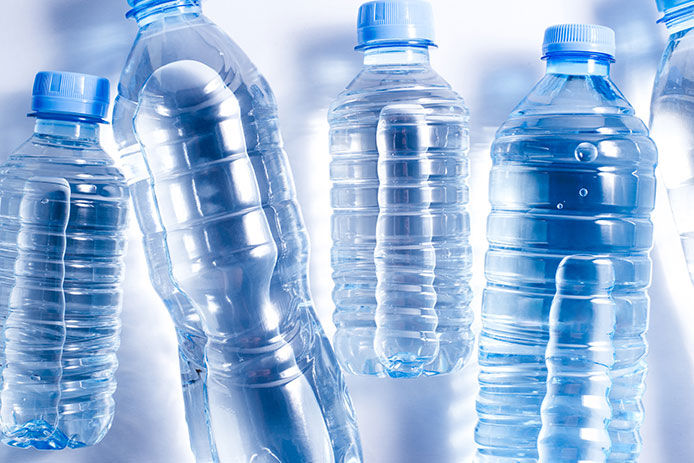Reverse Osmosis vs. Other Water Filtration Methods
No other water filtration method available for home use offers as fine a point of filtration as reverse osmosis. While RO removes up to 99.9% of contaminants, activated charcoal or other materials are far less effective. For example, charcoal can only filter out particles of 1 micron or larger. With an RO membrane handling particles many times smaller, it’s clear that it provides a superior water filtration result.
A complete house RO system is quite an investment. Try starting small with a unit that only filters the water for a single faucet that can be designated as the drinking water supply for the house. This reduces maintenance over time by skipping the filtration for appliances and showers where it’s less needed.
While do-it-yourself projects can be fun and fulfilling, there is always a potential for personal injury or property damage. We strongly suggest that any project beyond your abilities be left to licensed professionals such as electricians, plumbers, and carpenters. Any action you take upon the information on this website is strictly at your own risk, and we assume no responsibility or liability for the contents of this article.





